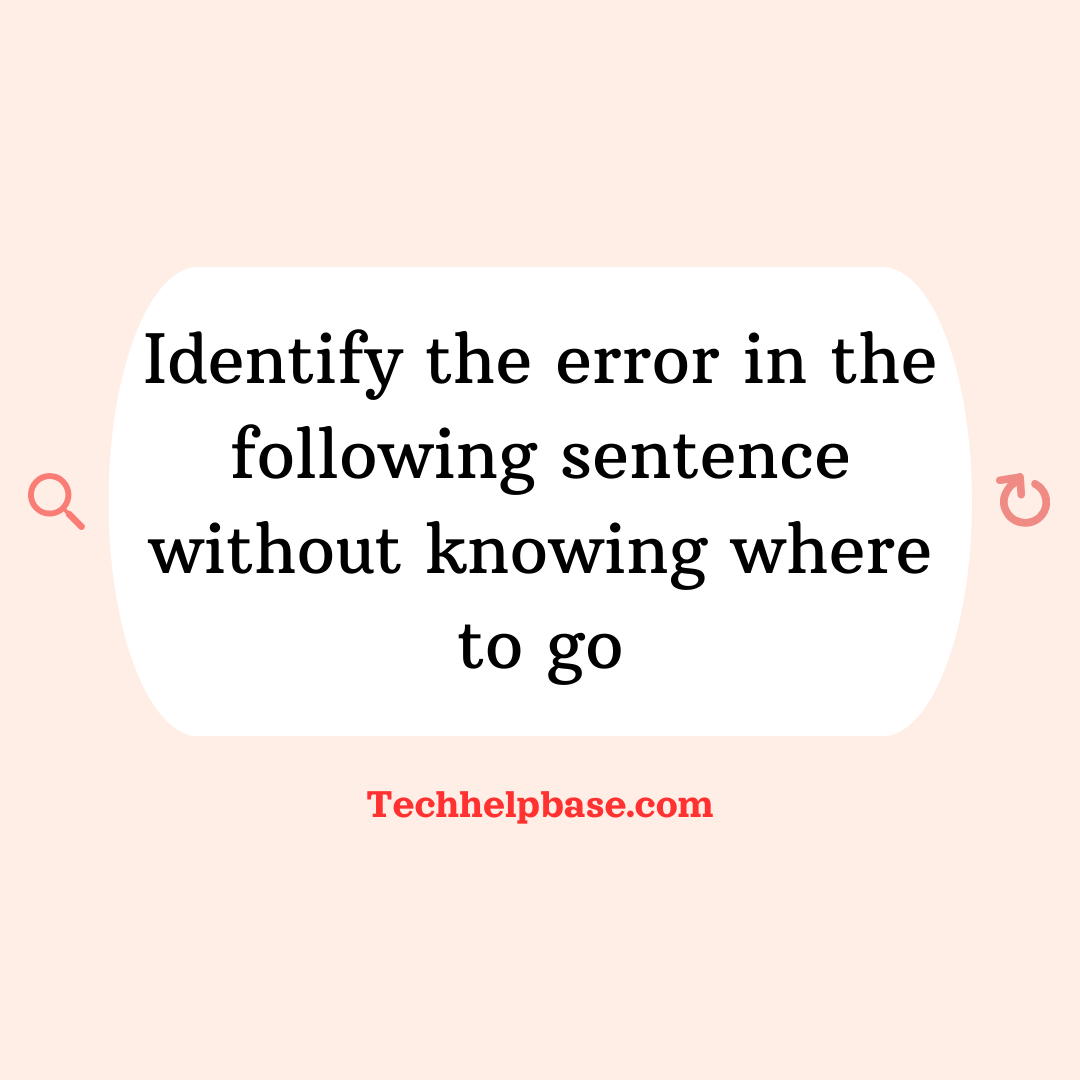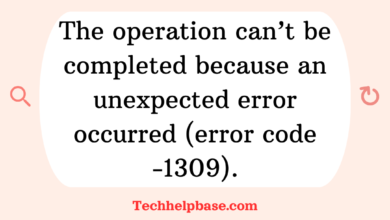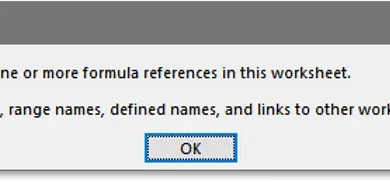Identify the Error in the Following Sentence Without Knowing Where to Go

At times, we encounter sentences that don’t feel quite right, but without knowing exactly where the issue lies, finding the error can be frustrating. Whether it’s grammatical confusion, punctuation mistakes, or awkward sentence structure, identifying such issues without clear guidance can be a daunting task. Let’s explore how to identify the error in the following sentence without knowing where to go, its possible causes, and the troubleshooting methods that can help.
Understanding the Nature of the Problem
The difficulty of spotting an error when you don’t know where to look stems from several factors:
- Lack of Clarity: If the sentence is poorly structured or ambiguous, it can be hard to pinpoint exactly what’s wrong. This confusion is often worsened when context is missing.
- Multiple Layers of Error: Some sentences contain more than one mistake, such as incorrect grammar paired with poor punctuation. Identifying which problem to tackle first becomes tricky.
- Familiarity Bias: Often, when we read our own writing, we may overlook errors because we are too familiar with the intended meaning.
To identify the error in the following sentence without knowing where to go, you first need to break down the sentence into its components and understand the basics of grammar and punctuation.
Common Types of Sentence Errors
Several common issues can be found in problematic sentences:
- Grammar Mistakes: These could include subject-verb agreement errors, misplaced modifiers, or incorrect use of tenses.
- Punctuation Problems: Missing commas, periods, or incorrect use of semicolons can significantly alter the meaning of a sentence.
- Run-on Sentences: A sentence that is too long and improperly punctuated may confuse the reader.
- Fragmented Sentences: A fragment lacks one of the core components of a sentence—either a subject or a verb—making it incomplete.
To tackle this issue, we need to systematically approach the sentence with each of these error types in mind.
Real-World Examples of Sentence Issues
People frequently discuss sentence issues in online forums, sharing real-world examples of sentences that don’t make sense or seem off. Here’s an example of a common issue someone might post:
“The cat who had been sleeping all day chased the mouse, the dog barked loudly.”
At first glance, the sentence seems fine, but upon closer inspection, it’s a run-on sentence. Two independent clauses (“The cat who had been sleeping all day chased the mouse” and “the dog barked loudly”) are improperly connected without the necessary conjunction or punctuation.
On online grammar forums, people often highlight similar sentences where the error isn’t immediately apparent. They seek help to identify the error in the following sentence without knowing where to go, as many users face the same problem when self-editing their writing.
Troubleshooting Methods to Identify the Error
Now that we’ve laid the groundwork, let’s dive into the steps to resolve these issues. To troubleshoot and identify the error in the following sentence without knowing where to go, here are some techniques you can follow:
1. Break Down the Sentence
Start by breaking the sentence into smaller parts. This makes it easier to analyze each word and clause for correctness. Look for subjects, verbs, and objects to ensure they align correctly.
Example: “John running in the park, he like to run every day.”
Breaking it down:
- “John running in the park” – This is a sentence fragment because it lacks a proper verb.
- “he like to run every day” – This should use “likes” instead of “like” to match the singular subject “he.”
2. Read Aloud
Reading the sentence aloud can help you notice awkward phrasing, misplaced punctuation, or confusing syntax that may not stand out when reading silently. This is especially helpful when a sentence feels clunky but you can’t figure out why.
3. Check for Parallelism
Parallelism issues occur when parts of a sentence don’t follow the same grammatical structure, creating a jarring or awkward reading experience.
Example: “She enjoys reading, cooking, and to run.”
Solution: Ensure that all items in a list use the same structure, like “reading, cooking, and running”.
4. Consult Grammar Tools
If manual methods fail, grammar tools like Grammarly or the Hemingway Editor can assist in pinpointing issues. These tools highlight errors in real-time, providing feedback on grammatical mistakes, passive voice, and sentence length.
5. Seek a Second Opinion
When you’ve exhausted other options, asking a friend, colleague, or even an online forum for feedback can provide a fresh perspective. Often, another person can quickly spot an error that you may have missed due to overfamiliarity.
Step-by-Step Guide to Correcting the Problem
To ensure a structured approach, here’s a step-by-step guide to troubleshoot and resolve any sentence errors:
- Identify Sentence Components: Break down the sentence into subjects, verbs, and objects. Check if each part is present.
- Spot Missing Elements: Look for missing punctuation or subjects/verbs that make the sentence incomplete or difficult to read.
- Analyze for Consistency: Ensure that verbs match their subjects in number and tense. Also, check if the sentence maintains consistent style and tone.
- Fix Misplaced Modifiers: If modifiers like adjectives or adverbs are misplaced, the meaning can become unclear. Rearrange them appropriately.
- Apply Proper Punctuation: Run-on sentences can be fixed by adding proper punctuation such as commas, periods, or semicolons, or by breaking them into smaller sentences.
- Ensure Parallelism: If the sentence has a list or a series, ensure all elements follow the same grammatical structure.
- Consult a Grammar Checker: Use online tools for a final check before considering the sentence error-free.
Preventing Similar Issues in the Future
Now that you’ve learned to identify the error in the following sentence without knowing where to go, it’s essential to practice preventative measures:
- Practice Proofreading: Make a habit of reading your sentences aloud and analyzing them for common grammatical errors.
- Use Grammar and Writing Tools: Consistently use grammar-checking tools to catch errors early.
- Study Grammar Rules: Regularly reviewing grammar rules will help you become more familiar with sentence structures, reducing the likelihood of future errors.
- Seek Feedback: Asking others to review your work can highlight mistakes you might miss. Fresh eyes can catch errors more effectively.




